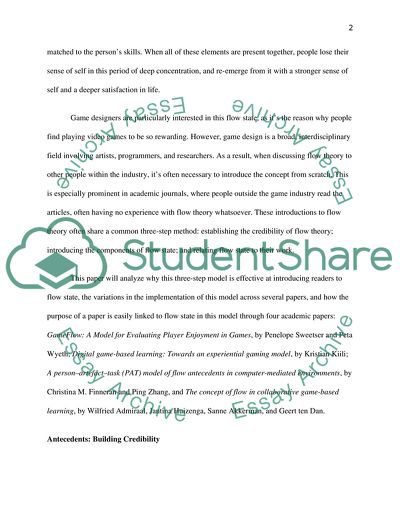Cite this document
(In the Zone: Applying Three-Step Method to Introduce Flow State Literature review, n.d.)
In the Zone: Applying Three-Step Method to Introduce Flow State Literature review. https://studentshare.org/english/1845398-major-paper-3
In the Zone: Applying Three-Step Method to Introduce Flow State Literature review. https://studentshare.org/english/1845398-major-paper-3
(In the Zone: Applying Three-Step Method to Introduce Flow State Literature Review)
In the Zone: Applying Three-Step Method to Introduce Flow State Literature Review. https://studentshare.org/english/1845398-major-paper-3.
In the Zone: Applying Three-Step Method to Introduce Flow State Literature Review. https://studentshare.org/english/1845398-major-paper-3.
“In the Zone: Applying Three-Step Method to Introduce Flow State Literature Review”. https://studentshare.org/english/1845398-major-paper-3.


